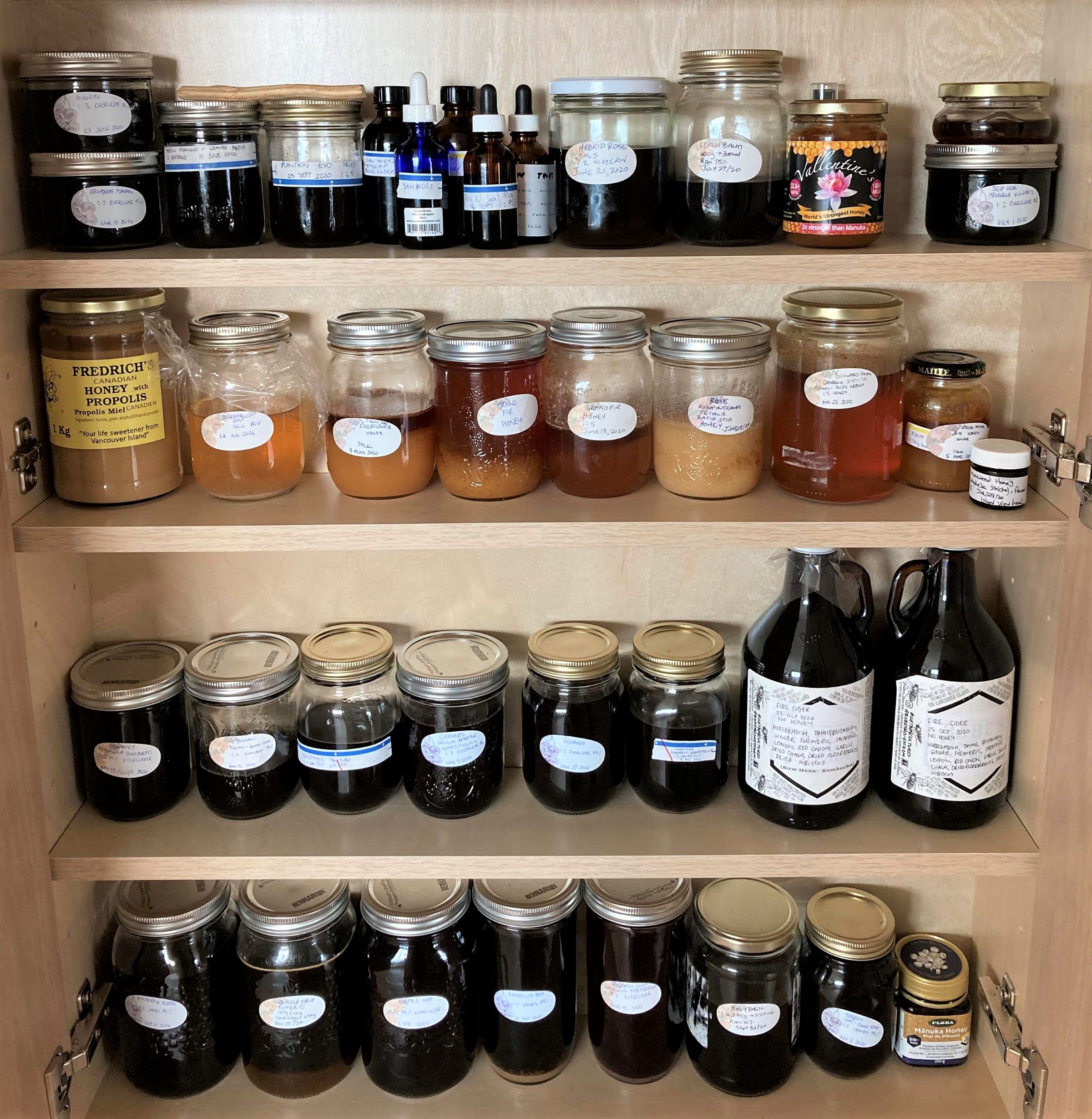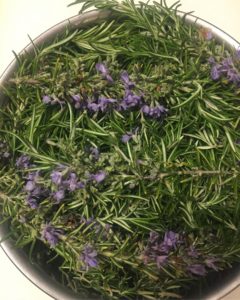Last year was a medicine-making frenzy to say the least. I ended up with a lot of exciting plants thanks to my herbal apprenticeship program, growing my own plants, foraging, and volunteering at the community garden. I dried some of the plants for later use, but I also made a bunch of different preparations, from tinctures to infused honey. This year, I have a much better idea of what I tend to use, and with that in mind, I’m planning my harvest accordingly.
Beyond raindrops on roses and whiskers on kittens, here are a few of my favourite things I made last year.
· Nettle pesto
Nettle pesto is delicious! As with other spring greens, stinging nettle is high in vitamins and minerals that help fortify the body after the stagnation of winter. I substitute half of the basil in my favourite pesto recipe for fresh nettle (which loses its sting when processed). Make a big batch and freeze in an ice cube tray to enjoy all year long!
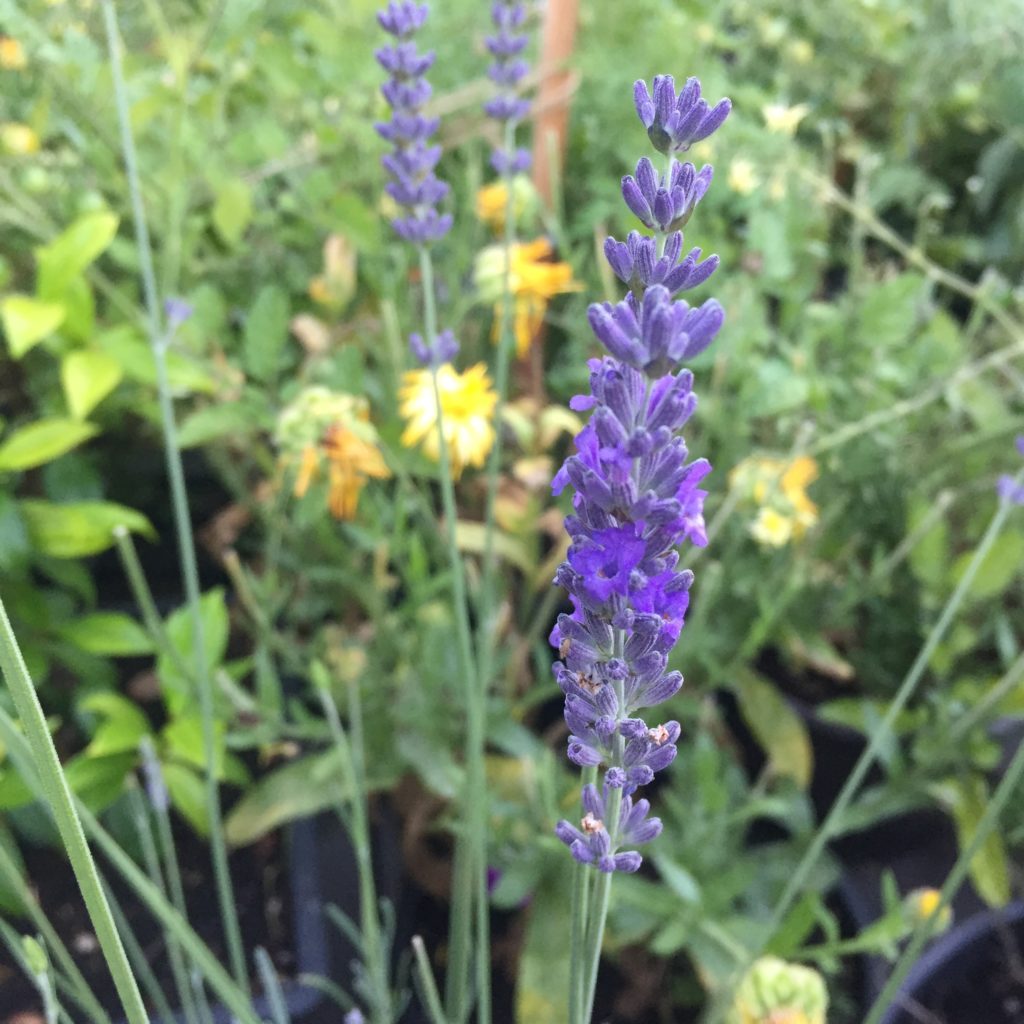

· Lavender honey
I can’t even describe how divine lavender honey is. Is there any better combo than my daily cup of cream of earl grey tea with lavender honey? The litre of honey that I infused disappeared in what felt like two days. While you can find lavender honey at some markets, I found that my homemade stuff was way stronger, perhaps because I made it using the warm extraction method (a tutorial is coming soon for this!) Lavender is calming, carminative, anti-microbial, and anti-inflammatory. If you have a nice clump of Lavandula angustifolia, I highly recommend jumping on the lavender honey train.
· Dandelion root tincture
This one’s not quite as delicious as lavender honey nor nettle pesto, but dandelion root tincture has become one of my favourite allies. Dandelion root is mineral-rich and gently supports the liver, thereby helping with detoxification of environmental toxins, excess hormones, and metabolic wastes. A lot of skin issues tend to be symptomatic of an overburdened liver, and I’ve found that dandelion root has really helped my problematic skin without being too powerful.
· Rose lip balm
My mum and I spent an afternoon making the most perfect, moisturizing, aromatic rose lip balm. It’s the kind of lip balm that could easily be a best-seller if we ever started a little business, which is great except for the fact that we’ll never be able to replicate it. Our measurements were haphazard, and our ingredient list included bits and pieces like a chunk of my calendula lotion bar. Hopefully with some tweaking and note-taking we’ll be able to recreate it again this year.
- Valerian oil
Turns out that valerian oil is great at alleviating menstrual cramps! Most people know valerian root as a sleep aid due to its strong sedative action, but I decided to experiment with its antispasmodic quality instead. My cramps can be pretty severe, but a little valerian oil combined with a hot bean bag seems to make them go away within twenty minutes or so. Not bad!
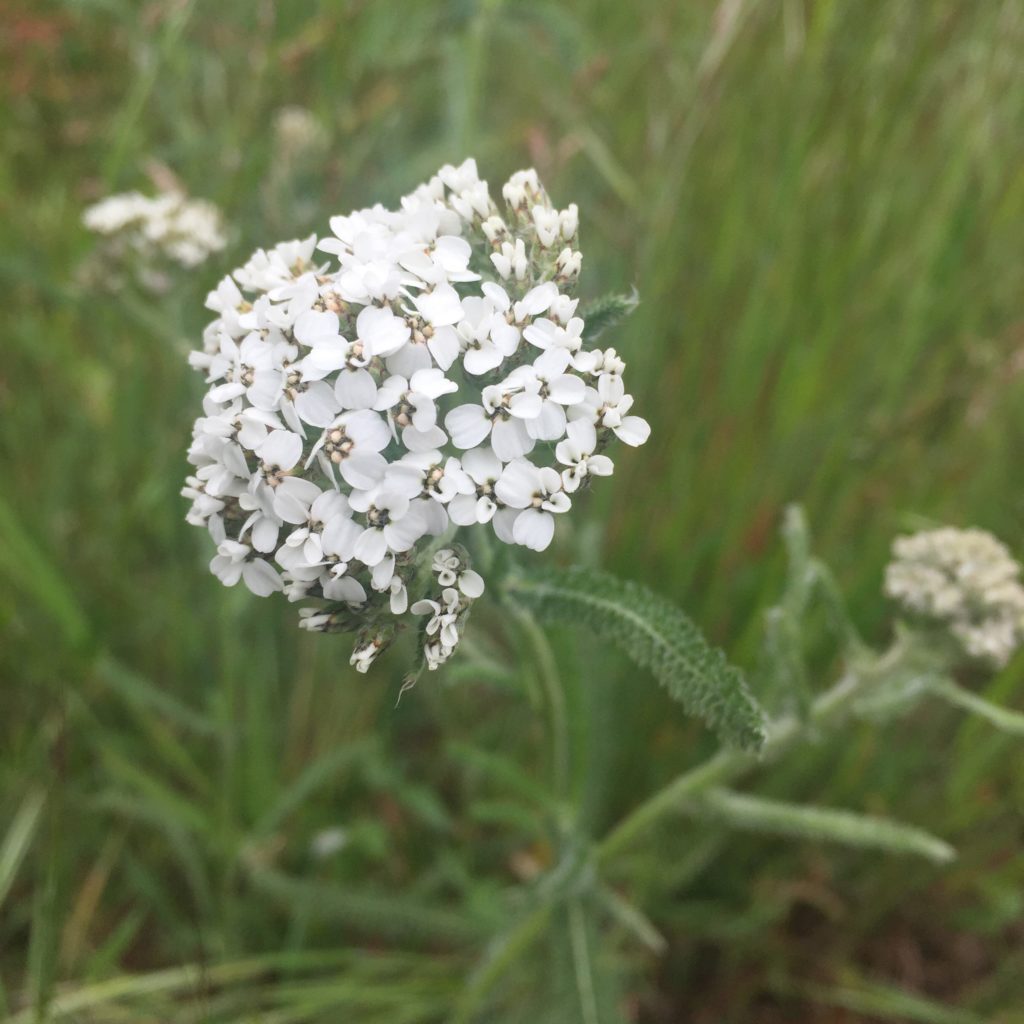
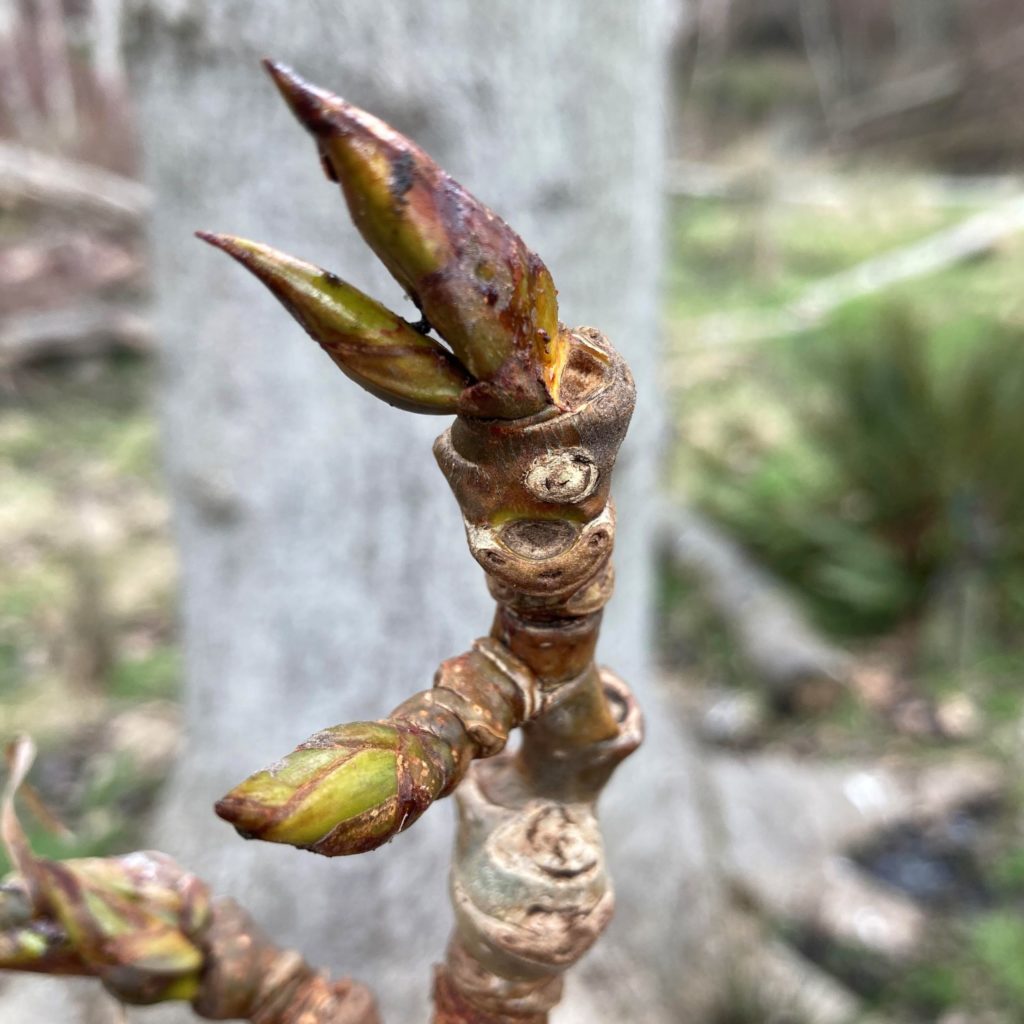
- Yarrow-calendula-plantain salve
If you are someone prone to ingrown hairs, this one’s for you. Yarrow is the quintessential wound healer – it’s antimicrobial, anti-inflammatory, astringent, circulatory, styptic, and pain-relieving. Calendula is one of the best-known skin healers for basically any complaint. Plantain, another wound healer, also has a special ‘drawing’ effect that can help pull out things you don’t want in your skin, including splinters, toxins, and ingrown hairs. This combination is great to have as a post-wax or shaving aid, or you can stick it in your first aid kit as a general healing salve.
- Poplar bud jojoba oil
Another great healer here. I’ve been reading a lot of posts about poplar bud oil in the last few weeks as we’re at the tail end of its harvesting season. Poplar buds are great: not only do they have the sweet smell of springtime, but they’re also analgesic, antimicrobial, anti-inflammatory, astringent, and rich in antioxidants. In short, they’re great for the skin! I chose to infuse the buds in jojoba oil as it is similar to the sebum our skin naturally produces and thereby helps to regulate oil production without clogging the pores. It’s also super moisturizing and nourishing. I use my poplar jojoba oil on breakouts, rashes, and sore muscles and joints. Learn more about poplar here.
- Lavender poplar salt scrub
This is my first salt scrub, but I wish I had made more of it. I combined lavender infused coconut oil, poplar bud infused olive oil, and dead sea salt together and it is lovely! It’s a nice, gentle, moisturizing, and healing exfoliant and smells SO good.
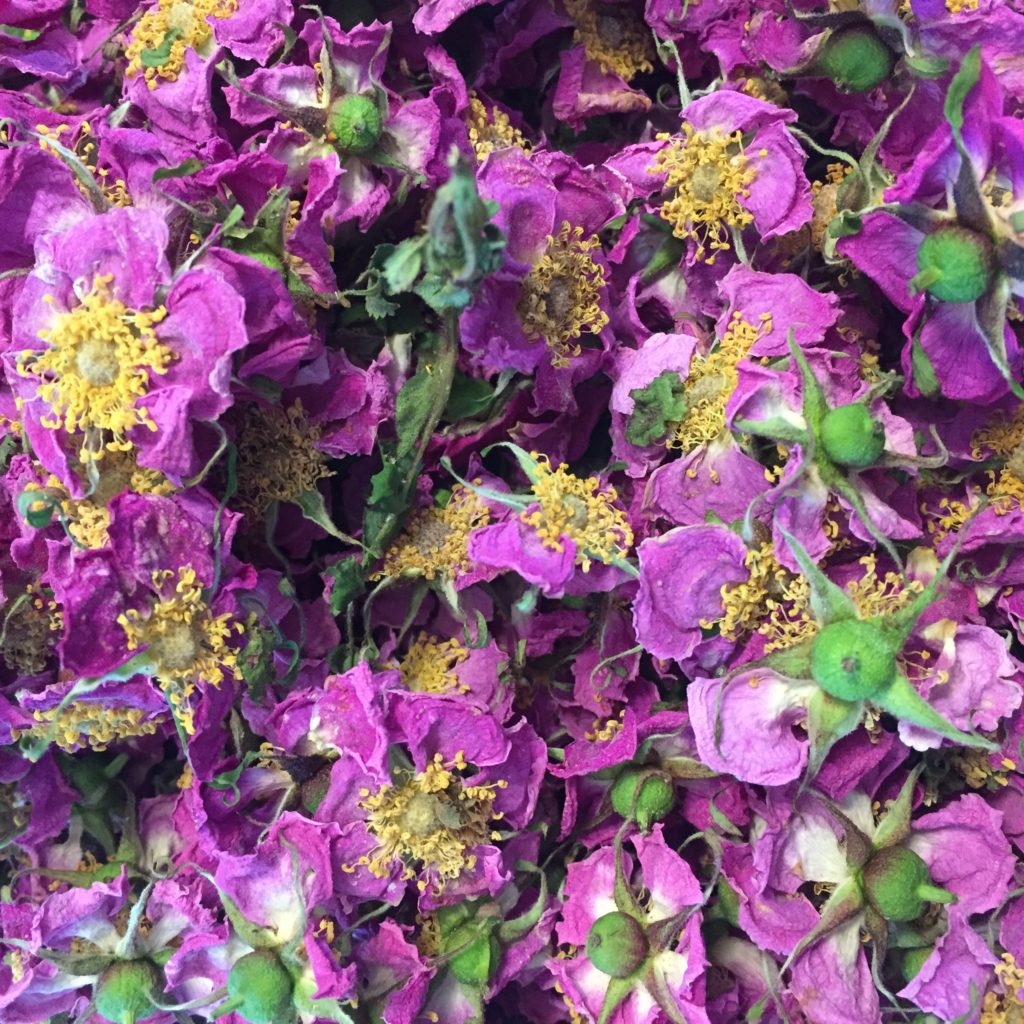
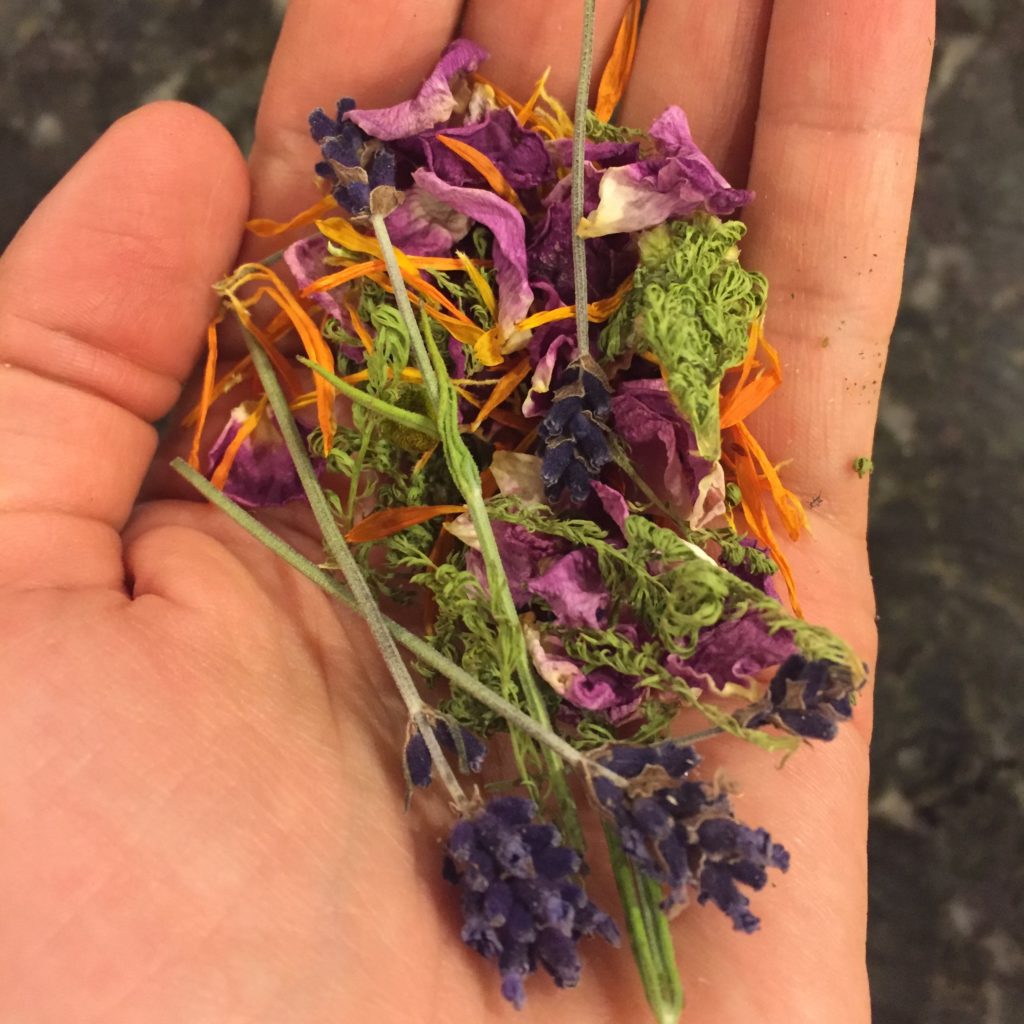
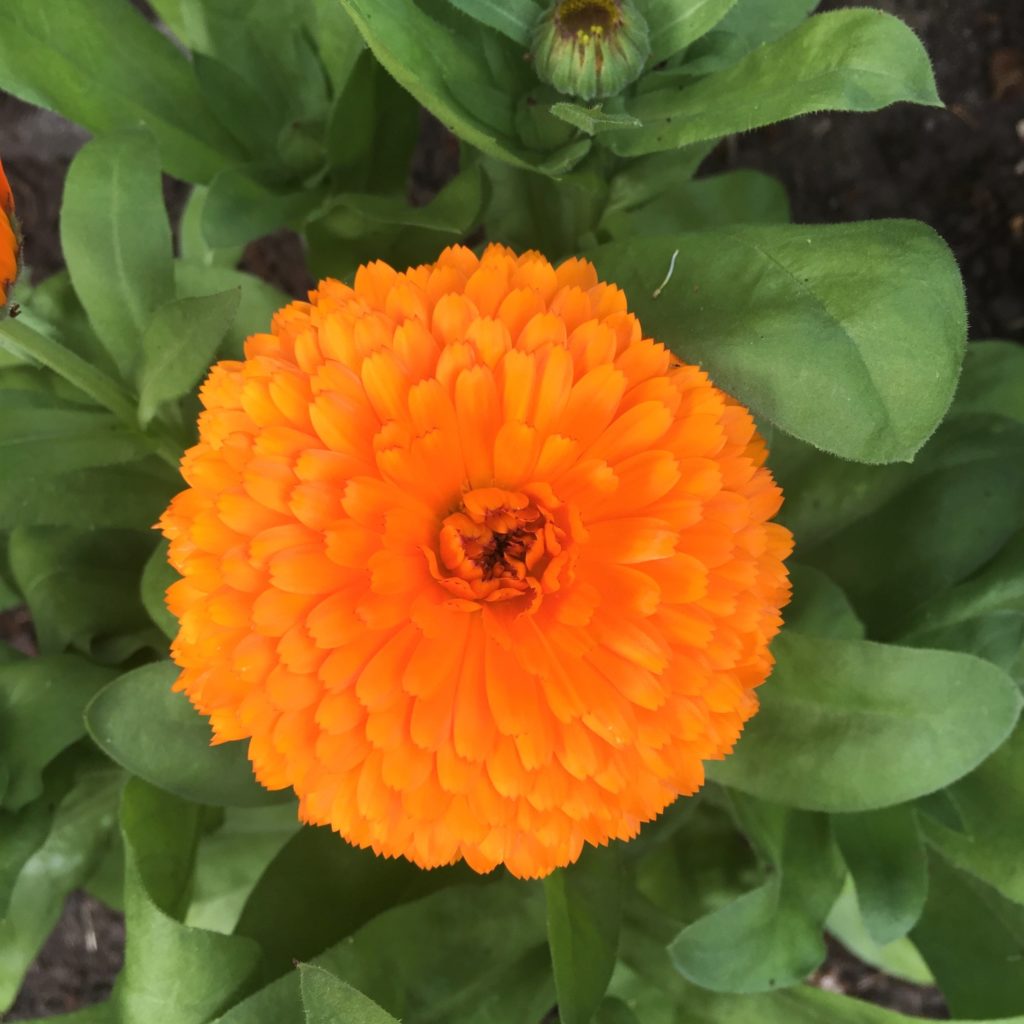
· Flower oils
I’m cheating with this one, but I can’t possibly choose a favourite flower infused oil. I use these oils for body oiling, one of my favourite self-care rituals. I don’t know what it is about slathering myself in oil after a bath or shower, but nothing makes me feel more luxurious. I rotate between lavender coconut oil, calendula coconut oil, rose coconut oil, calendula jojoba oil, St. John’s wort olive oil, and, on especially royal occasions, the wild chamomile-calendula-wild rose-lavender jojoba oil I made on summer solstice, which was also my birthday.
· Fire cider
Any time I feel like I’m getting sick, I mix a spoonful of fire cider with hot water and sagewort infused honey and it kicks the germs to the curb. It’s very potent and the taste takes some getting used to, but it’s incredibly effective. If you’d like to make some fire cider yourself, you can find my recipe here.
Hopefully this list sparks some inspiration for what you want to make this year! Clearly I’m an oil fan, but it’s fun to experiment with different ways of incorporating herbal medicine into daily life. You’ll want to use fresh plants for honeys, tinctures, and vinegars. Dried plants are best for oils. Water infusions can be made with either fresh or dried plants (find out how here). Let me know if you’d like any tutorials. Happy harvesting!
